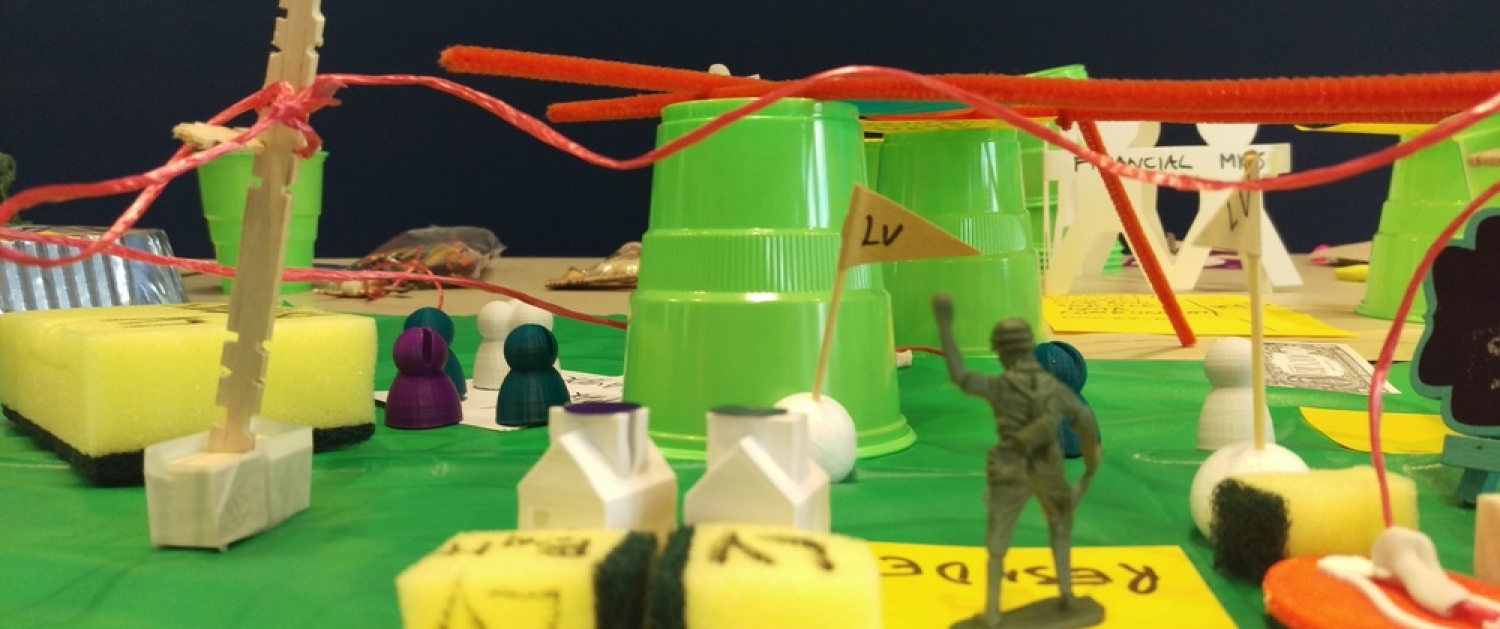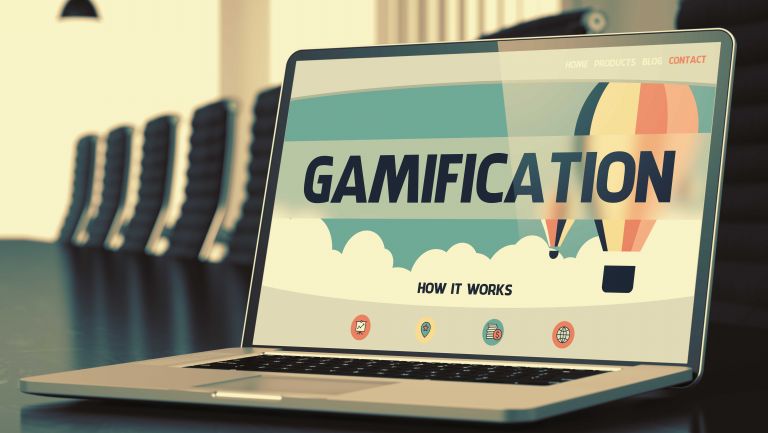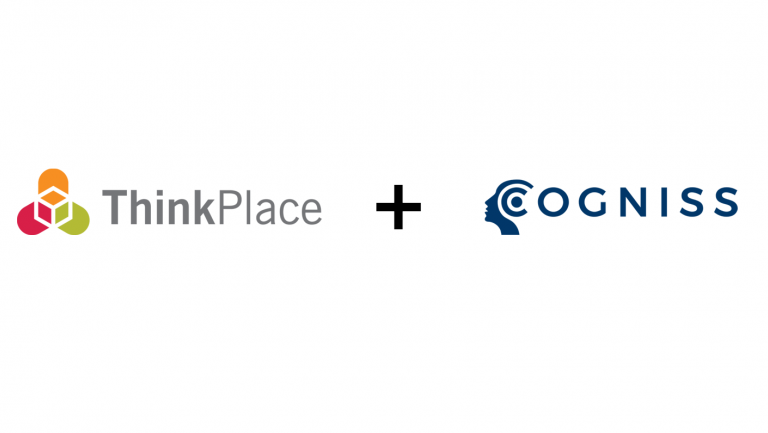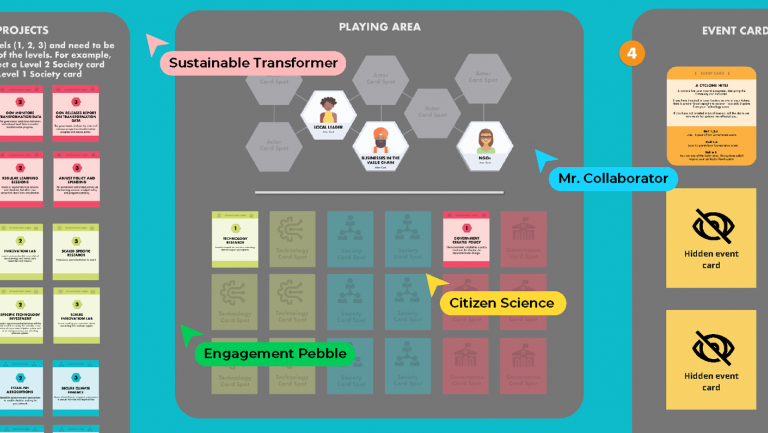Sign up for our monthly newsletter

Everybody's trying to innovate. Here's how to do it with purpose...
At ThinkPlace we strive to be innovators. We never want to do things tomorrow the same way we did them yesterday.
But we do so as a company with a declared purpose. We design for a better world, in line with the United Nations Sustainable Development Goals.
And we do it collaboratively, as design-partners with the people who will be affected by the change we seek to bring.
Global Innovation Lead David Ireland must balance these needs. He packs a frighteningly impressive CV but, more than that, he is responsible for melding the ThinkPlace values and purpose with a world of fast-paced startups, innovators and entrepeneurs.
If our goals tell us where we want to get to, David’s job is to relentlessly push us to get there.
He’s a busy man, but we pinned him down for five minutes to talk about the challenge of innovating for social good.
Q: So you’re the Head of Innovation at ThinkPlace. What does that involve?
DI: It means helping ThinkPlace people thinking differently, to think creatively, and to make sure that as a company we are open to trying and learning new methods and approaches. It also means helping to find new services and products that we can build up into new value-creating offerings for our clients and for own use internally.

Q: How did you arrive at this position? What skills and background do you bring to it?
DI: It sounds silly, but I’ve been building solutions to problems forever.
My first attempt at starting a company was as a teenager, when I established a business for backpackers looking for work. I’ve been doing it ever since. In fields as diverse as aquaculture, digital culture, agriculture, oil and gas, medical, and finance.
I’ve also got a dual PhD in medicinal chemistry (where I was designing and building anti cancer drugs) and innovation (looking at how new tech firms grow).
I’ve been the General Manager of Innovation and International at CSIRO, the Chair of the Australian Government’s Horizon Scanning Committee, represented Australia in a few OECD committees, designed innovation policy for Australia and a couple of other countries, am an Adjunct Professor at the UQ business school in Entrepreneurship and Innovation and have designed and run lots of accelerator programs for businesses, researchers, and governments.
I was also recognised as a world top 50 social entrepeneur a couple of years ago.
That’s my experience, but in terms of skills... it is a mindset, a willingness to try and fail, and a focus on creating value for the customer.
Q: Why is innovation important to ThinkPlace? How does it sit with our growth as a global operator as well as our guiding sense of purpose and identity?
DI: Innovation is about doing something new that creates value. With our mission, our version of innovation is about doing something new that creates a better future for someone or some people.
The types and complexity of the problems we’re trying to solve require new approaches. The old Einstein quote: - We can’t solve our problems with the same thinking we used when we created them - is so apt in our setting.
We need innovation to find new approaches to solving old and/or big problems. And the type of innovation we do at ThinkPlace allows us to experiment in ways that are low-risk. That means we’re not betting the house on something without first running a few experiments to build our confidence that it's going to work.

Q: How would you describe our approach to innovation? Both for ourselves and for our clients.
DI: It’s design based – and we take a user centred approach to it. Our methodology is fundamentally innovative, but we have to always ask the question: who are we innovating for?
A new system, a new product, a new way of doing things… It is not solely about creating an efficiency for the client. Our work should also be about making things better for the user, for the people who must operate or navigate in that system.
A lot of companies tackle innovation as primarily a technical challenge. For us it’s about how innovations work in context, within systems. And those systems are always made up of people.
Q: As an innovator you are constantly striving for change. How do we make sure we are changing things for the better? That by making things more efficient in one area we aren’t causing unintended harm in another?
DI: Really good question. This is why we prototype – so we can test our interventions and assess their impact in a contained environment. It is also why we take a systems approach to understanding things. We deliberately search for interdependencies and how changes we engineer might have unforeseen impacts.
This is going to be the major focus of my time at Stanford University, where I’m studying on a Fulbright Scholarship later this year.
I’ll be trying to build a new method for understanding complex systems and how they are interconnected. We want to get better at identifying those areas that will have the biggest positive impact across various systems.
Q: Innovation is an area that now has its own language, its own tools and its own philosophy. How confident are you that we can use ideas like technical disruption, entrepeneurship and design thinking or tools like sprints, pitches and hackathons to create a better future state?
DI: Everything is a buzzword if there isn’t substance behind it. You can download a methodology on anything from the internet, but the skill is in knowing how and when to apply it.
I’m not a particularly big fan of hackathons, for example, but in the right circumstance, they can be really effective. The problem is that most of the time people use them as they don’t have any better idea.
Having said that, it is important to build a common understanding of language so we all know what we’re doing and what we mean when we talk about what we do.
Q: What are some examples of areas where ThinkPlace has been a real innovator? Where our creativity and skills in this area have allowed us to solve complex problems and create public good?
DI: A-Lab is a great example. Working with the Australian Renewable Energy Agency we co-designed a multi-stage innovation and incubation lab that brings together people from across the energy sector to create new ideas, projects, products and even companies that advance the uptake of renewable energy. It has been a phenomenal success.
But innovation doesn’t always have to be a flashy process that leads to new technology and headline-grabbing projects. It can be more subtle and still have immense power.
Our Melbourne Studio is doing hugely impressive work in the space of family violence in Victorian indigenous communities. Their innovation is in crafting programs that successfully and meaningfully engage with communities that are traditionally hard to reach or who are often excluded by traditional methodologies.
It’s innovation for a purpose and the purpose is to create a healing process for people and communities that have undergone significant trauma.
Q: Should this kind of role be more prevalent? What can companies gain by having a Head of Innovation as part of their leadership? How has ThinkPlace benefited from it?
DI: Yes. The problem is that innovation isn’t understood well. You are seeing varieties of it popping up, but by and large, companies are still in the same mindset of other than a CEO it is a COO who should drive it. That puts an operational focus on the challenge as opposed to thinking more openly about the future and what we could do differently to create that better world for us and our clients.






